Innovators Developing Accessible Tools for Astronomy (2019)
Description
IDATA is a $2.5M NSF STEM+C funded project that works to advance knowledge of best practices in teaching and learning related to computation and computational thinking in astronomy. The project aims to understand how participation in a software design and development project to make astronomy image analysis accessible to the blind and visually impaired (BVI) influences students’ attitudes and beliefs about who can engage in STEM and computing. IDATA brings together BVI and sighted high school and middle school students and their teachers to create a fully accessible astronomy image and data analysis software tool. The IDATA team utilizes user-centered design processes and the iterative method for the development and testing of software and learning modules—improving access to our amazing universe for those with BVI related disabilities. Major project partners include AUI, Geneva Lake Astrophysics, and STEAM, TERC – STEM Education Evaluation Center, Linder Research and Development Inc., University of North Carolina – Chapel Hill, and the University of Nevada – Las Vegas.
NSF Award: 1640131
Discussion
This discussion took place during the TERC Video Showcase Event Nov. 14-21, 2023. Discussion is now closed.Presenters
Lead Presenter

TERC
Co-Presenters
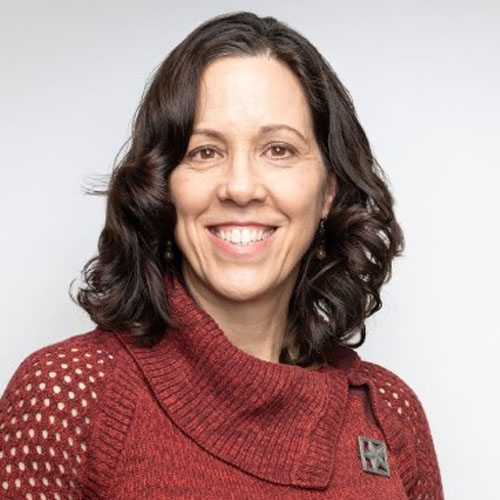
GLAS Education
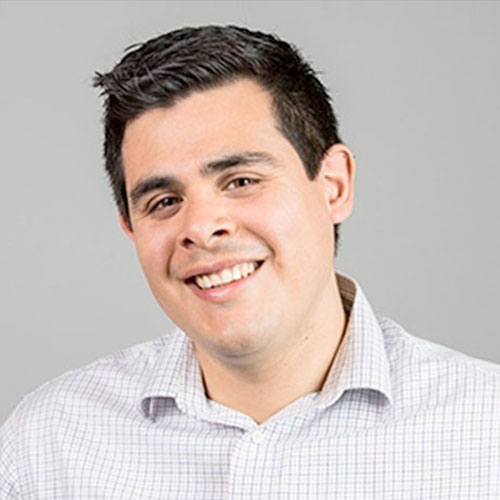
TERC
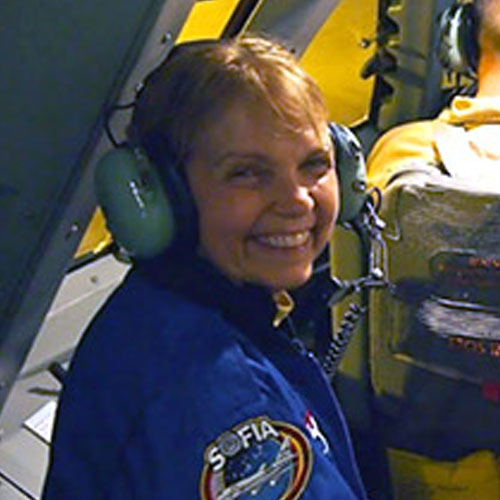
GLAS Education

TERC
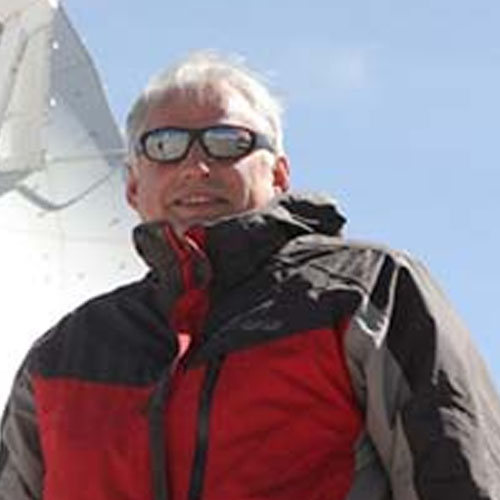
Associated Universities Inc.

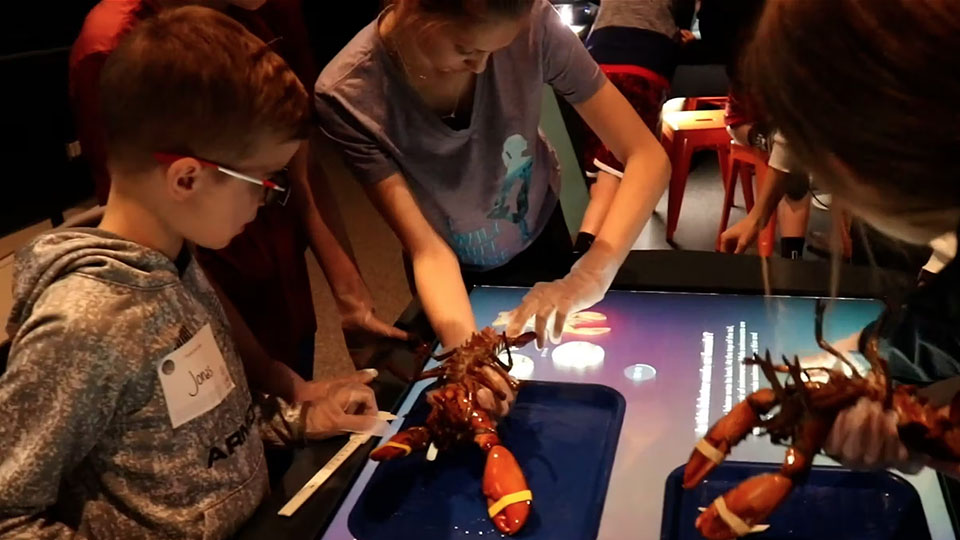
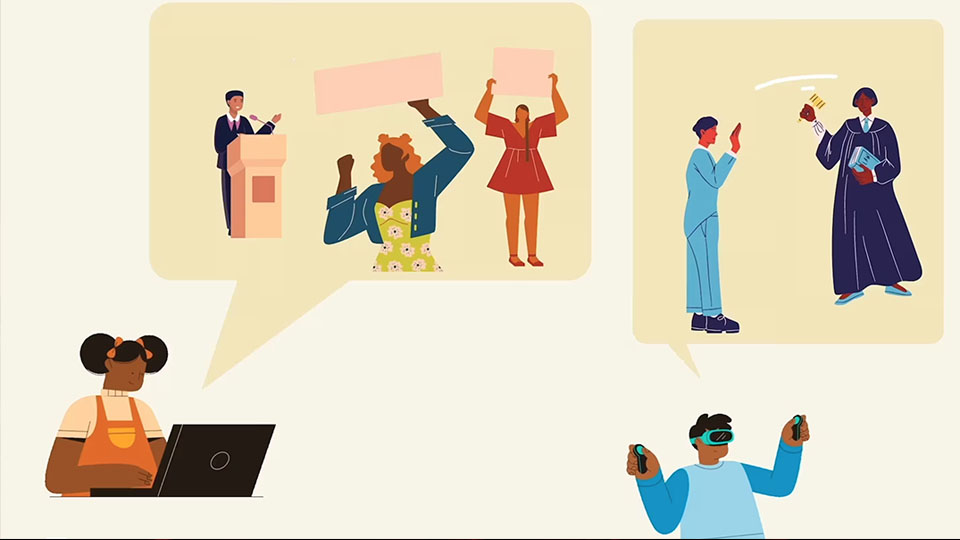

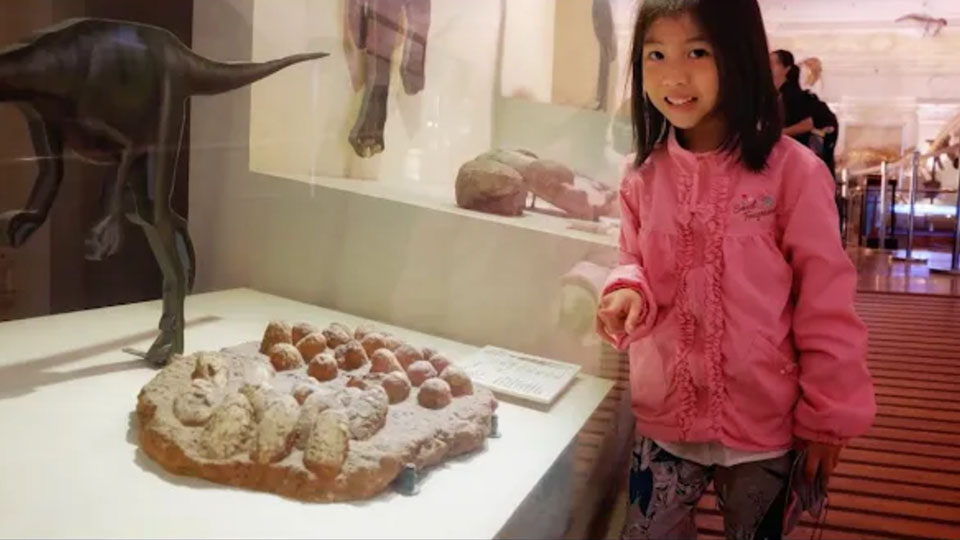
In particular, since we made the video, we have completed a paper about our research that is soon to be published in the Journal for Blindness Innovation Research. The paper describes the accessible measure of computational thinking that we created, focusing on data and computational problem-solving practices (Weintrop, et al., 2016). It shows that both BVI and sighted students using IDATA materials made significant gains in computational thinking, with slightly higher gains for students with visual impairments, and that these gains were associated with how much students engaged with the computational thinking content in the materials. Both BVI and sighted students had similar declines in their computing interest and confidence – we have some ideas about why – and slight but not significant increases in their equity beliefs about visually impaired people engaging in computing. We’d be glad to discuss any of these findings and their implications for education.
Along with our colleagues, we are continuing the work to support students with and without visual impairments to do astronomy and computing in a variety of ways – from ongoing engagement with the materials and programs at GLAS Education, continuing development of the AfterGlow Access software and materials for college students at U NC Chapel Hill, and further developments of the Quorum programming language at U NV Las Vegas. We are also hoping for further funding from the NSF to continue to create and support high quality, interactive and engaging STEM education materials that are accessible to everyone.
We welcome your comments, questions and insights.
I am glad to learn more about this project. I watched this video wearing two different hats. Under each hat was one question:
The about-to-be-published research study shows that overall, sighted students and students with limited vision learn about the same amount of astronomy and computing through interaction with the IDATA materials and tools. So sighted students do no worse than visually impaired students (and vice versa) – we’ve accomplished some important equity goals!
Informally, we’ve found that multi-modal experience of the data – sonification or tactile representations in addition to visual representations for those who can see them – lead to different kinds of noticing than visual representations alone. E.g., differences in height of a 3D graphic can emphasize differences in brightness where the visual representation is just white. We hope to do more work on this in the future.
AGA is central to Our Place in Space! (Astro 101 for non-majors curriculum) Dr. Dan Reichart from UNC-Chapel Hill continues to develop AgA, and GLAS is tasked with addressing accessibility for the curriculum and the data processing tools. Our work in accessibility continues to grow and has become part of the culture in which we do all of our development work at GLAS. I will let Jim Hammerman step in with his thoughts “insights to typical learners.”
The IDATA project and the years of spin-off work in data sonification have taught me a lot about doing design work. I no longer suffer under the delusion that if I know enough people from the target community and work hard enough, we can build sufficient capacity to do design work efficiently. The need for multidisciplinary teams is essential and has relied on building and maintaining networks of professionals across the spectrum of ability, disability, and diversity (both cognitive and cultural) cannot be underestimated. The best summary I can provide for my thinking on this is reflected in the papers that were published in Nature Astronomy about the Audible Universe conferences hosted through the Lorentz Institute (Leiden, Netherlands) in 2021 and 2022. I think this is a good starting point.
Harrison, C., Zanella, A., Bonne, N., Meredith, K., & Misdariis, N. (2021). Audible universe. Nature Astronomy, 6(1), 22–23. https://doi.org/10.1038/s41550-021-01582-y